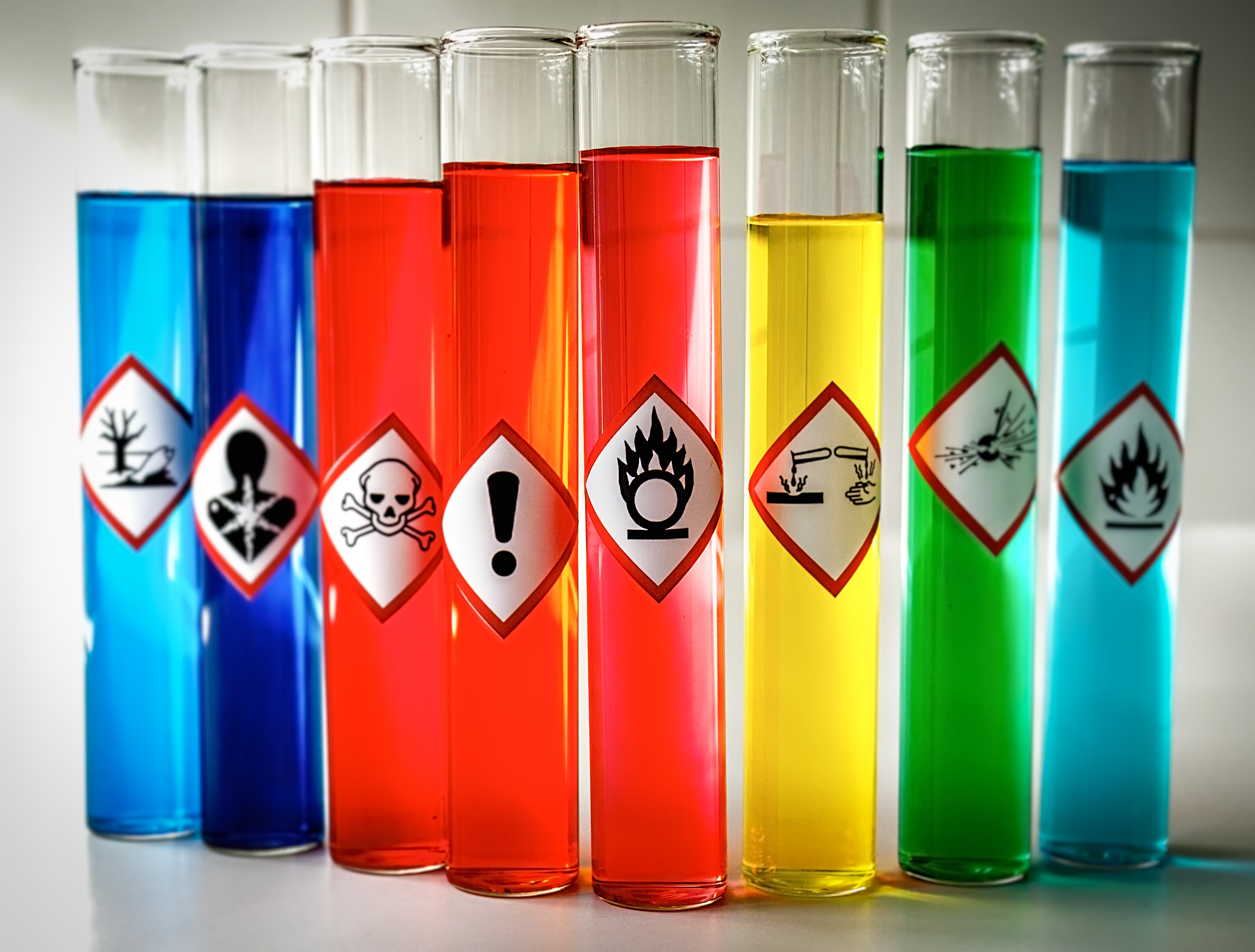In a previous School Governance article, we reported on the adoption of the Globally Harmonized System of Classification and Labelling of Chemical (GHS) system as a comprehensive tool that harmonises chemical classification and hazard communication. The model Workplace Health and Safety (WHS) Regulations as released by Safe Work Australia adopted the Third revised edited of the GHS (GHS 3). As stated in our previous article, the GHS classifies “the intrinsic properties of chemicals using a hazard-based approach which [includes] the identification of:
- physical hazards
- health hazards
- environmental hazards.”
This allows “users to immediately identify the intrinsic hazards involved in handling a chemical and how they can manage the potential risk of exposure”.
Broadly speaking, the GHS requires schools to:
- ensure that hazardous chemicals labelled under the GHS display the relevant pictograms, signal words, and hazard and precautionary statements
- ensure that all affected staff understand and comply with the GHS system.
In January of this year, Safe Work Australia Members agreed to adopt the updated Seventh revised edition of the GHS system (GHS 7) under the model Workplace Health and Safety (WHS) Regulations. A two-year transitional period was due to start on 1 July 2020. However, Safe Work Australia Members agreed to delay the start of the transitional period to 1 January 2021 due to the impact of COVID-19 on Australian businesses.
What are the Changes?
The main changes in the GHS 7 include new definitions and updated requirements for classifying hazardous chemicals. The specific details of these changes are mostly relevant to manufacturers and importers, as they are the ones who manufacture and import chemicals that are classified as hazardous under the model WHS Regulations. However, it is still important to know what the impact of these changes will be on end-users of hazardous chemicals, such as schools.
What is the Effect of the Delay of the Start of the Transitional Period?
Due to the delay in start of the transitional period as a result of the COVID-19 pandemic, these changes may impact schools differently depending on whether schools purchase their hazardous chemicals from:
- manufacturers and importers who have begun work on implementing GHS 7 from 1 July 2020
- manufacturers and importers who have not begun work on implementing GHS 7 from 1 July 2020, but will begin work on implementing GHS 7 from 1 January 2021.
Despite the delay in the start of the transitional period, some manufacturers and importers may have already begun work on implementing GHS 7 on the basis of the original transitional period commencement date of 1 July 2020. These manufacturers and importers are still permitted to start classifying and labelling hazardous chemicals in accordance with GHS 7 from 1 July 2020 in accordance with regulatory arrangements put in place by state and territory governments. As a result, schools may use hazardous chemicals that are compliant with GHS 7 from these manufacturers and importers. However, this is not an obligation, and schools may continue using hazardous chemicals that are classified and labelled in accordance with GHS 3.
If manufacturers and importers have not already begun work on implementing GHS 7, they should be continuing to manufacture and import hazardous chemicals that are classified and labelled in accordance with GHS 3 until 1 January 2021. Schools are permitted to continue to use hazardous chemicals that are classified and labelled in accordance with GHS 3 during this time period. After 1 January 2021, manufacturers and importers have two years to transition their classification and labelling of hazardous chemicals from GHS 3 to GHS 7.
What Should Schools Do?
At this time schools need not do anything differently, continuing to only accept chemicals from manufacturers and distributors that comply with the old GHS3 labelling. Some manufacturers and importers may already be providing the new GHS7 labelling in anticipation of the previous 1 July start date and this should also be acceptable according to Safe Work Australia.
Schools should ensure that staff whose duties include the purchase of hazardous substances are aware of these transitional arrangements. While they can continue to accept hazardous chemicals with GHS3 labels during the transition period until 1 January 2023, from 1 January 2023, they can only accept hazardous chemicals from manufacturers or importers that are compliant with GHS 7. In the meantime, schools should be contacting their manufacturers or importers to ask about the timing of Safety Data Sheets (SDS) updated to GHS7 for the relevant chemicals. However, schools do not need to relabel or dispose of existing stock of GHS 3 chemicals. They can continue using and supplying their existing stock until it runs out.
Schools must follow the information in the SDS that they would normally follow, including having appropriate storage, personal protective equipment, first aid measures and properly disposing of chemicals. By taking these steps, schools will play their part as end-users in ensuring the safety of staff and students.


